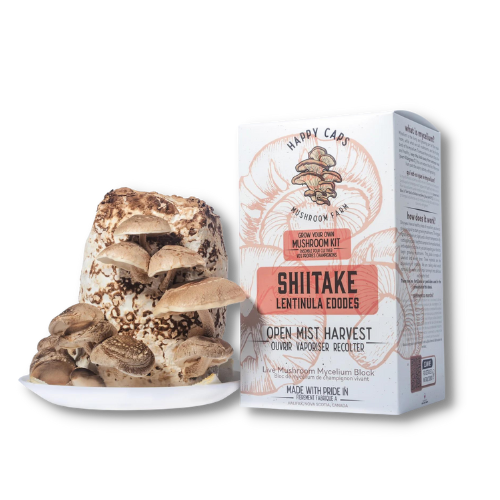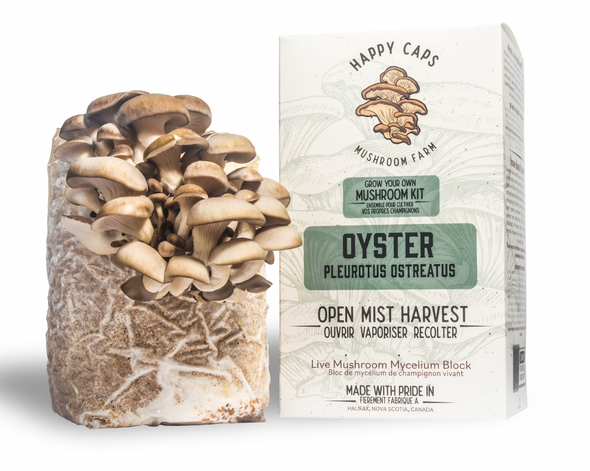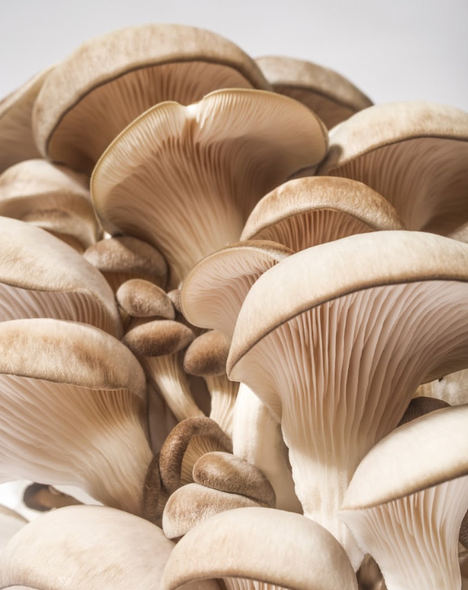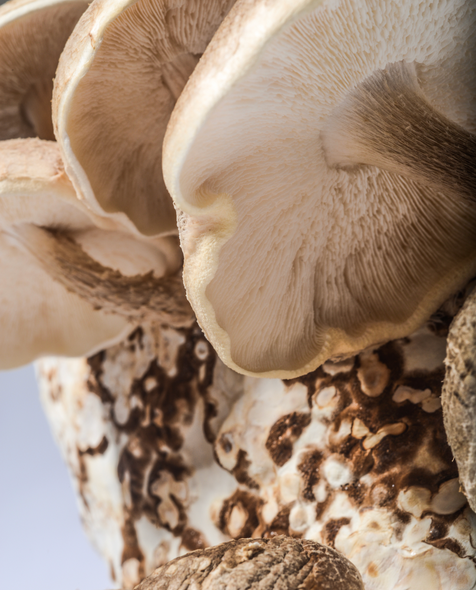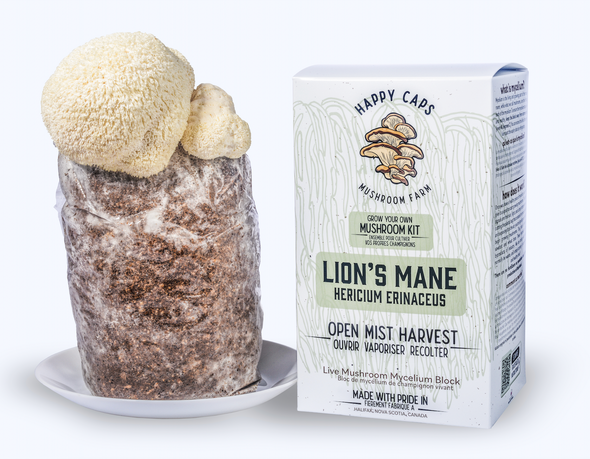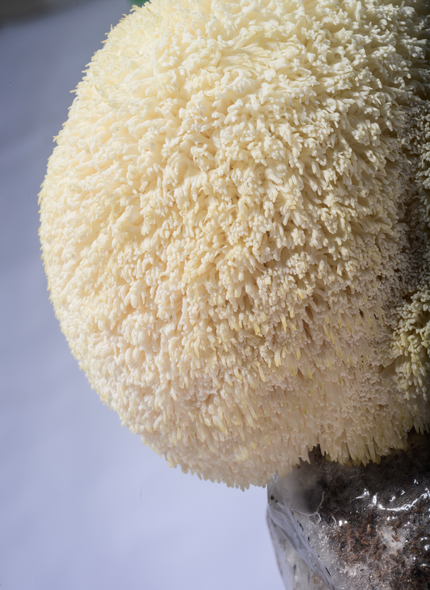🎄 Buy 2 Mushroom Kits & Save $10 🎁
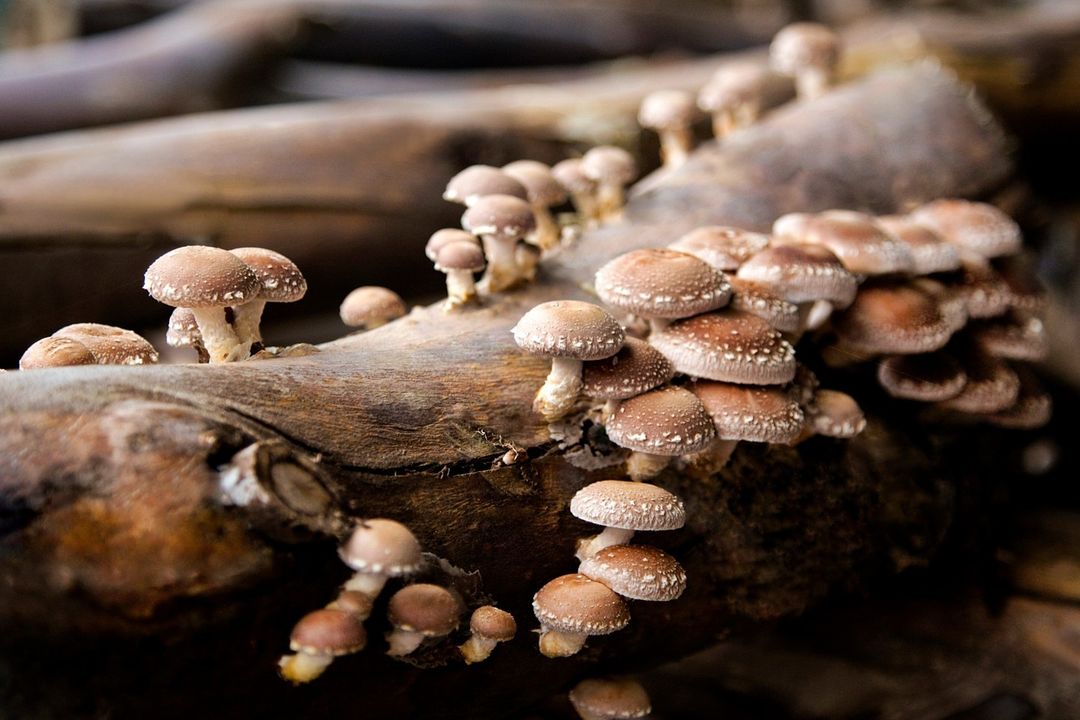
The Fascinating History and Health Benefits of Shiitake Mushrooms
Discover the unique flavour and nutritional value of shiitake mushrooms and find out how you can incorporate them into your meals to improve your overall health and wellbeing.
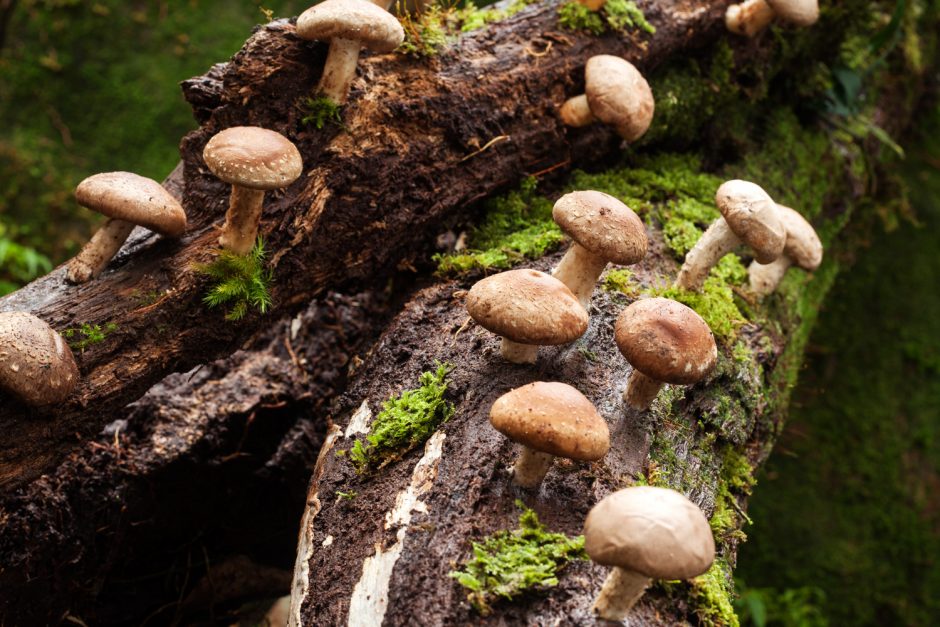
Shiitake mushrooms are a popular ingredient in many dishes around the world, but few people know the fascinating history of their discovery and medicinal uses. Shiitake mushrooms are native to East Asia, and their cultivation dates back over 1,000 years.
Legend has it that shiitake mushrooms were first discovered in China by a farmer who stumbled upon them growing on a dead tree trunk. He was intrigued by their delicious taste and medicinal properties, and soon word spread about their benefits.

In traditional Eastern medicine, shiitake mushrooms were used to boost the immune system, improve circulation, and reduce inflammation. They were also believed to have anti-aging properties and were used to treat a range of ailments from colds and flu to liver disease and cancer.
Today, shiitake mushrooms are still used in traditional medicine, and many modern studies have confirmed their health benefits.
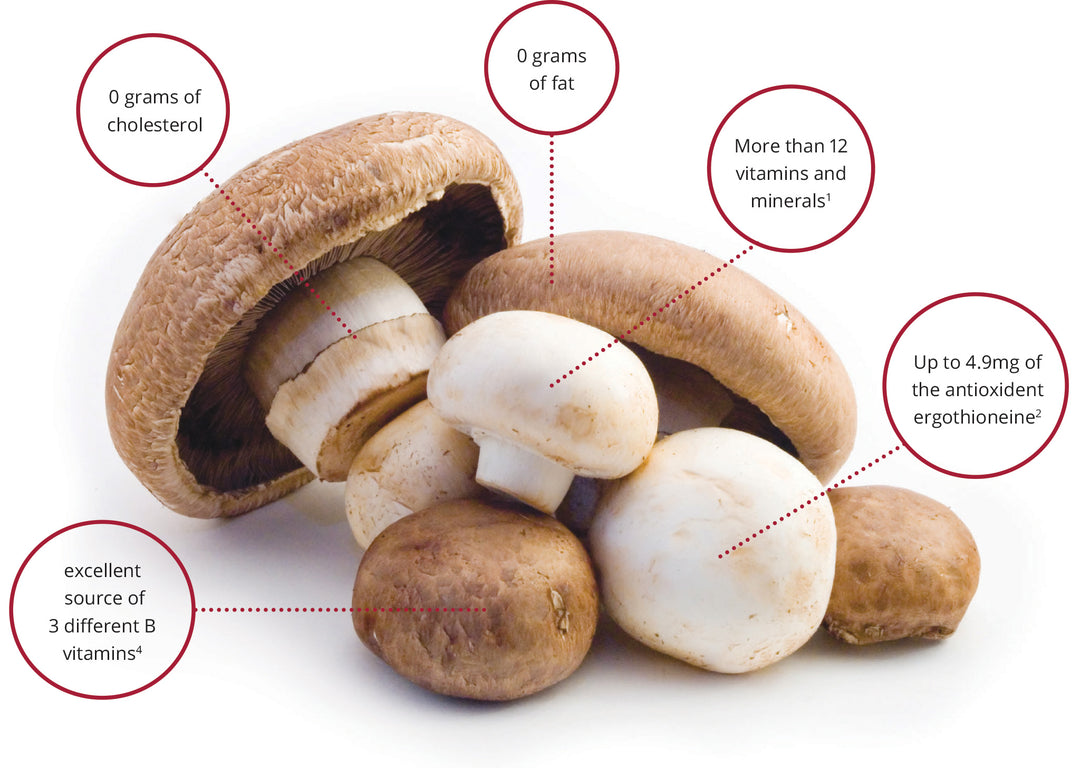
One of the key benefits of eating shiitake mushrooms is their ability to boost vitamin D levels. Vitamin D is essential for strong bones and a healthy immune system, and many people don't get enough of it from their diet or exposure to sunlight.
Shiitake mushrooms are one of the few plant-based sources of vitamin D, and just a few mushrooms can provide a significant amount of this important nutrient.
So, how do shiitake mushrooms boost vitamin D levels? The answer lies in their unique ability to synthesize vitamin D when exposed to sunlight or UV radiation. This is because shiitake mushrooms contain a compound called ergosterol, which is converted to vitamin D when exposed to light.

Whether you're looking to boost your vitamin D levels or simply enjoy their delicious flavor, shiitake mushrooms are a great addition to any diet. So why not try incorporating some shiitake mushrooms into your meals today and reap the benefits of this versatile and nutritious ingredient!
Try it for yourself & checkout our grow your own Shiitake Mushroom Kit Here!

